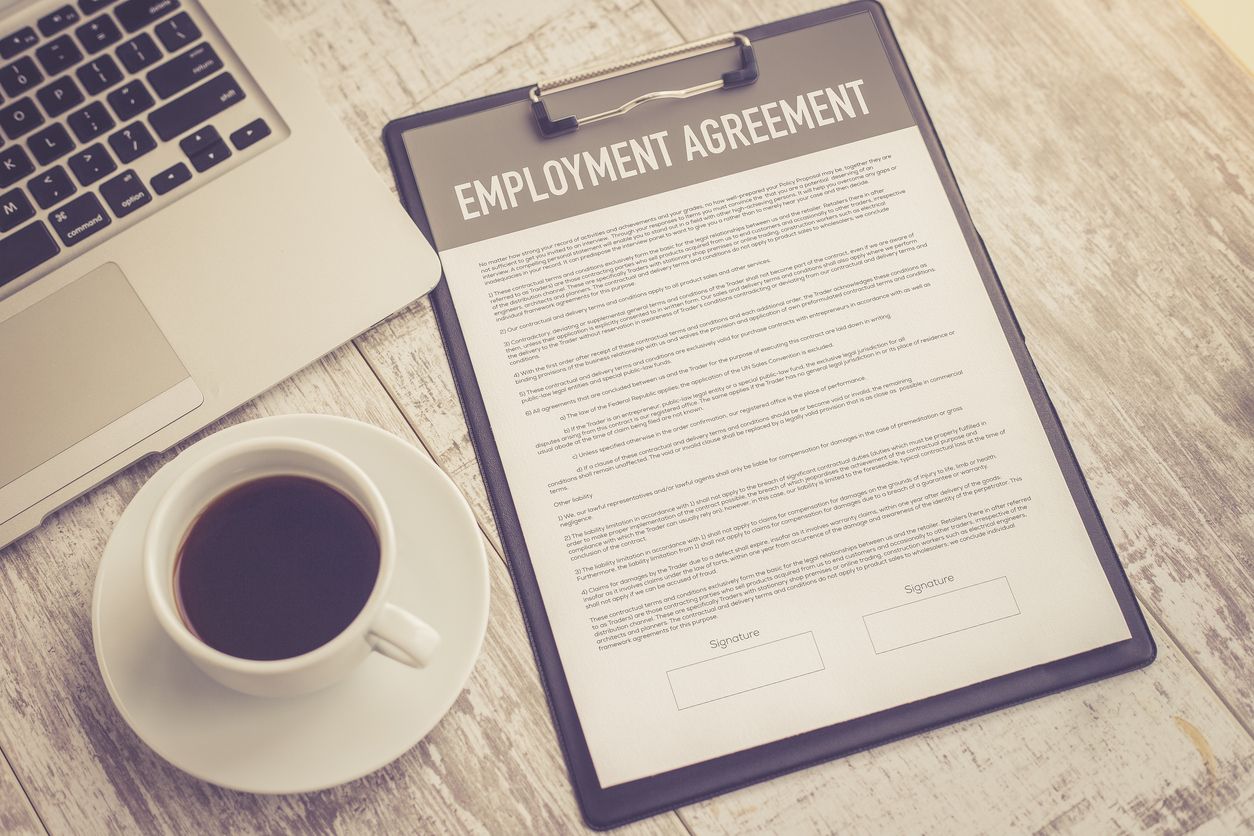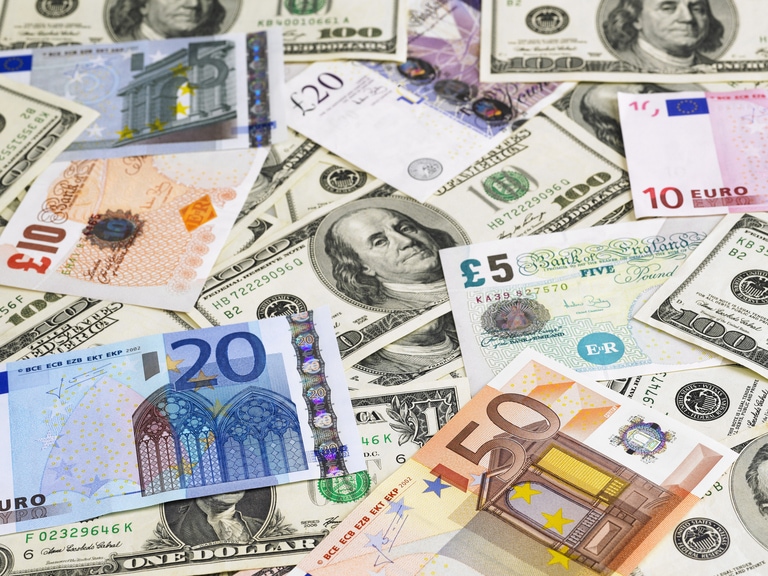It’s been a difficult start to the month for markets in Europe, although after today’s US non-farm payrolls report, we look set to finish the week on an upbeat note, at the end of a negative week for the likes of the FTSE 100 and CAC 40, although the DAX looks set to eke out some late gains.
After spending the week being buffeted by concerns about the US banking system, the latest US jobs numbers showed a US economy that is still creating jobs at a decent clip, with 253,000 jobs added, comfortably beating expectations, and saw the unemployment rate fall to 3.4%, even as wages went up to 4.4%.
The strong report was slightly overshadowed by a negative -149,000 adjustment to the previous two months and did take some of the gloss over the broader numbers, however they don’t support the idea that the US economy is struggling. What the numbers do suggest is the US labour market remains resilient and pushes back on the idea of rate cuts in the short term.
Europe
It’s been a negative week for the FTSE 100, dragged lower by the likes of Lloyds, Barclays, and NatWest, while BP has also joined them in the basement, even though all of them have managed to finish the week on an up note.
British Airways owner IAG saw their shares get off to a solid start to the year before the banking crisis prompted a sell off that saw almost all of the gains this year wiped away. Since those March lows we’ve seen a modest recovery, however the shares have underperformed relative to the likes of easyJet and Wizz Air and weren’t able to hang onto their early gains after a decent set of Q1 results. Today’s Q1 numbers saw the airline report a surprise operating profit during the quarter, as well as raising its full year guidance.
IAG now expects full year operating profit to come in at the top end of guidance towards €2.3bn. Q1 saw an operating profit of €9m, compared to most forecasts of a hefty loss. After tax losses narrowed to €87m a sizable improvement from last year’s €787m deficit, with lower fuel costs helping to lower its overheads. Total revenues came in at €5.89bn, a rise of 71.4%, with most of the improvement driven by strong demand in Spain and Latin America, as well as on US routes, although corporate travel is recovering more slowly.
Holiday Inn owner IHG has also had a good start to the year share price wise, the shares hit a record high in early February just before the release of their full year numbers. These saw the hotel chain record a 34% rise in revenues to $3.8bn, while operating profits rose to $628m. Global RevPAR rose by 37% compared to 2021, driven by its US market, and was also higher than pre-pandemic. While China proved to be a drag throughout 2022, there were high expectations for 2023 as the Chinese economy started to reopen.
Today’s Q1 numbers have seen a solid improvement in its Greater China market with a 75% increase in RevPAR, although it is still 9.1% below 2019 levels. The US operations saw a 15% rise in revenue per room, while in its EMEEA regions occupancy rates continued to improve. There was no change to guidance apart from a warning that from Q2 onwards comparatives were likely to get tougher, amidst economic uncertainties. CEO Keith Barr also announced he would be stepping down from 30 June and which may explain why the shares have slipped back.
US
US markets look set to end the week on a strong note, however even with today’s positive jobs report it's still set to be a negative week, with concerns about the resilience of the regional banking sector still front of mind.
We’ve been helped by a strong rebound in the share prices of PacWest and Western Alliance after yesterday’s big share price falls, with the gains being seen today no doubt as a result of short covering heading into the weekend.
Apple shares have opened higher after Q2 revenues and profits beat expectations, coming in at $94.84bn, down from last year's $97.3bn, while profits came in at $1.52c a share. iPhone revenues led the way with $51.33bn comfortably ahead of forecasts, and a record for Q2, while services revenue only saw a modest improvement to $20.9bn, short of consensus, but still a record number.
Wearables, which include the Watch, returned $8.75bn, also coming in above expectations, while Mac revenues saw a big drop from last year’s $10.4bn, and also fell 7.4% short of forecasts at $7.17bn
The rebound in crypto over the past few months has given a lift to Coinbase quarterly revenues, as well as helping to bring losses lower to $79m.
Revenue fell by 34% to $772.5m from a year ago, although it was higher than the end of last year. The company has had to cut costs in recent months, reducing headcount by 20% at the start of this year. For Q2 guidance for subscription and revenues is expected to fall to $300m, which is a significant fall from the $361.7m seen in Q1.
FX
The US dollar got an initial lift in the wake of this afternoon’s payrolls report; however, it has still lost ground over the week, with the biggest losses against the Australian dollar after the RBA’s unexpected rate hike earlier this week, which prompted the markets to reassess the Australian central banks most likely next policy move.
The euro hasn’t got the lift you would have expected to see from this week’s ECB rate hike of 25bps even with the insistence that there are more to come It seems markets are also sceptical that the ECB can deliver on further hikes, with 2-year yields on German bunds, down for the second week in succession.
The pound has pulled back from its highest levels in over a year against the US dollar, pushing above 1.2600, but still looks set to push higher towards $1.3000, with Q1 GDP and another 25bps hike from the Bank of England expected next week.
The Canadian dollar has also had a good day after a similarly strong April jobs report which saw 41.4k jobs added, over double market expectations and also higher than the 34.7k seen in March, while the unemployment rate fell to 5%.
Commodities
It’s been another disappointing week for crude oil as demand concerns have weighed on prices, although it's notable that we didn’t fall below the March lows on the Brent contract. That said, oil prices are still down this year, which is good news for the consumer even if it isn’t so much for producers.
We’re seeing some decent gains today on concern that OPEC+ might consider further production cuts. US prices have also rebounded from their lowest levels since December 2021, for similar reasons.
The rise in yields in the aftermath of today’s positive payrolls number has put the skids under the gold price, pushing it back towards $2,000 an ounce, in what looks like a bearish reversal after yesterday’s push up to recent record highs.
Volatility.
The European Central Bank announced a further rate hike yesterday but slowed the pace of increases, resulting in some elevated levels of price action on the common currency. Euro – Canadian Dollar saw one of the most pronounced moves, with the cross selling off by more than two cents after concerns over long term inflation in Canada were also mooted. One day vol sat at 9.85% against 6.5% for the month.
Following the declines seen earlier in the week, oil prices stabilised on Thursday, helped along in part by the modest rate hike served up by the ECB. West Texas Intermediate is trending back towards the $70 per barrel level, although any renewed concerns over global economic weakness could well serve to undermine these gains once more. One day vol stood at 90.75% against 35.18% on the month.
News that Microsoft is to collaborate with AMD on an AI project saw shares in the chip maker jump mid-session, adding around 12% at one point before retreating into the close. One day vol on AMD came in at 162.73% against 70.68% for the month.
And it was another difficult day for US bank stocks with two more regional plays coming under significant levels of downside pressure. That resulted in CMC’s proprietary basket of US banks sliding by more than 5% in early trade and although there was a modest recovery later in the session, one day volatility stood at 87.33% against 46.93% for the month.






